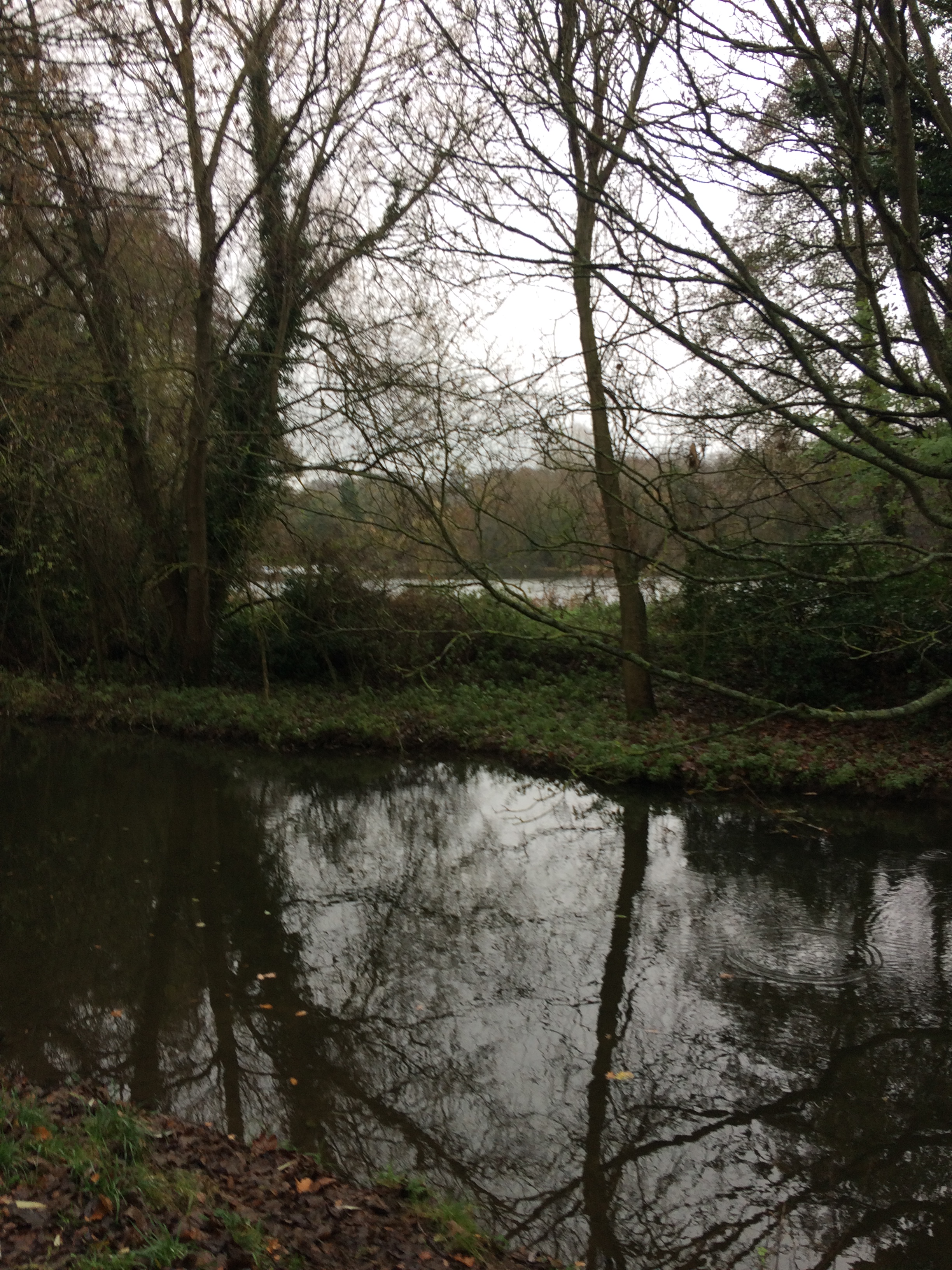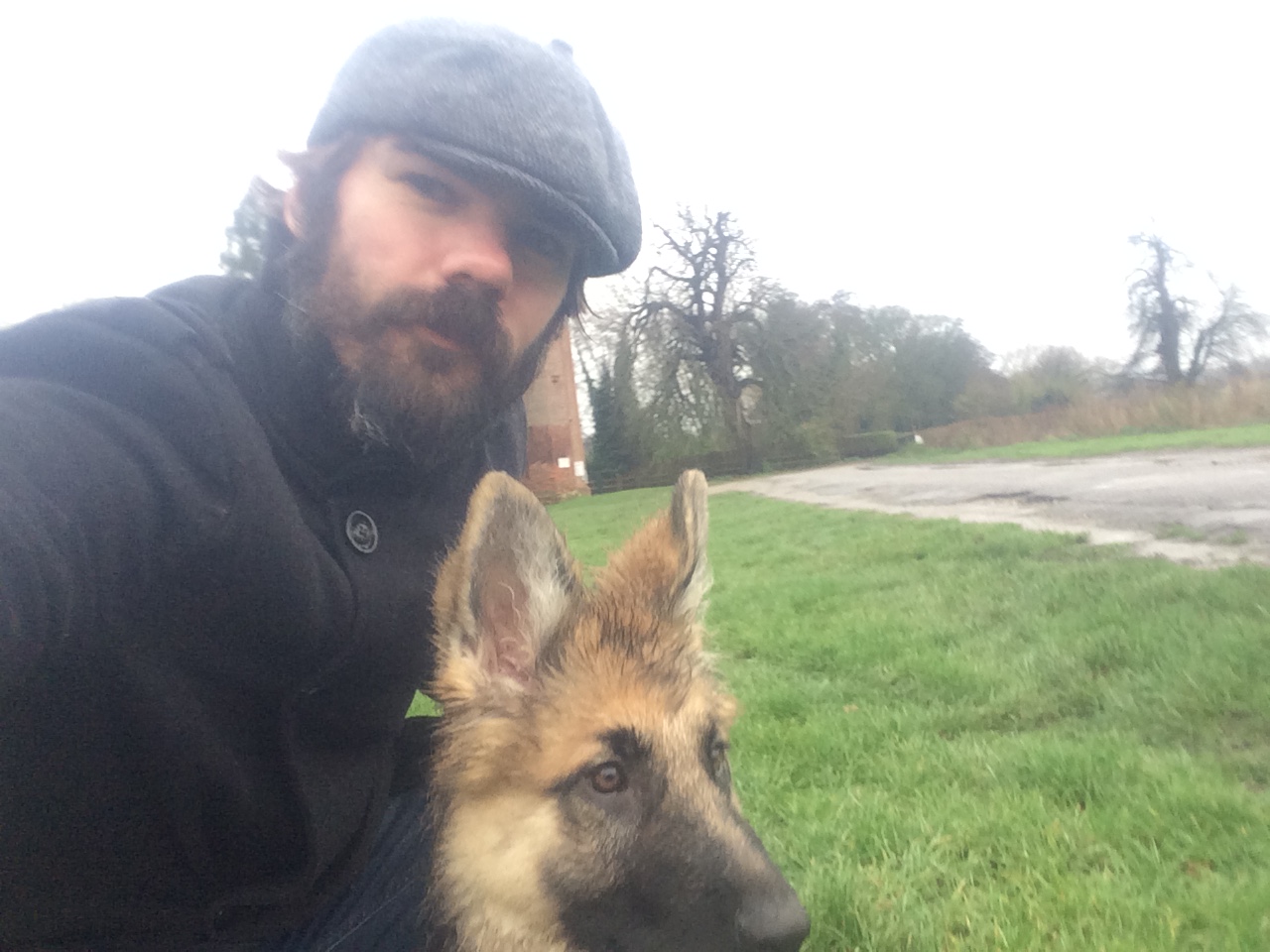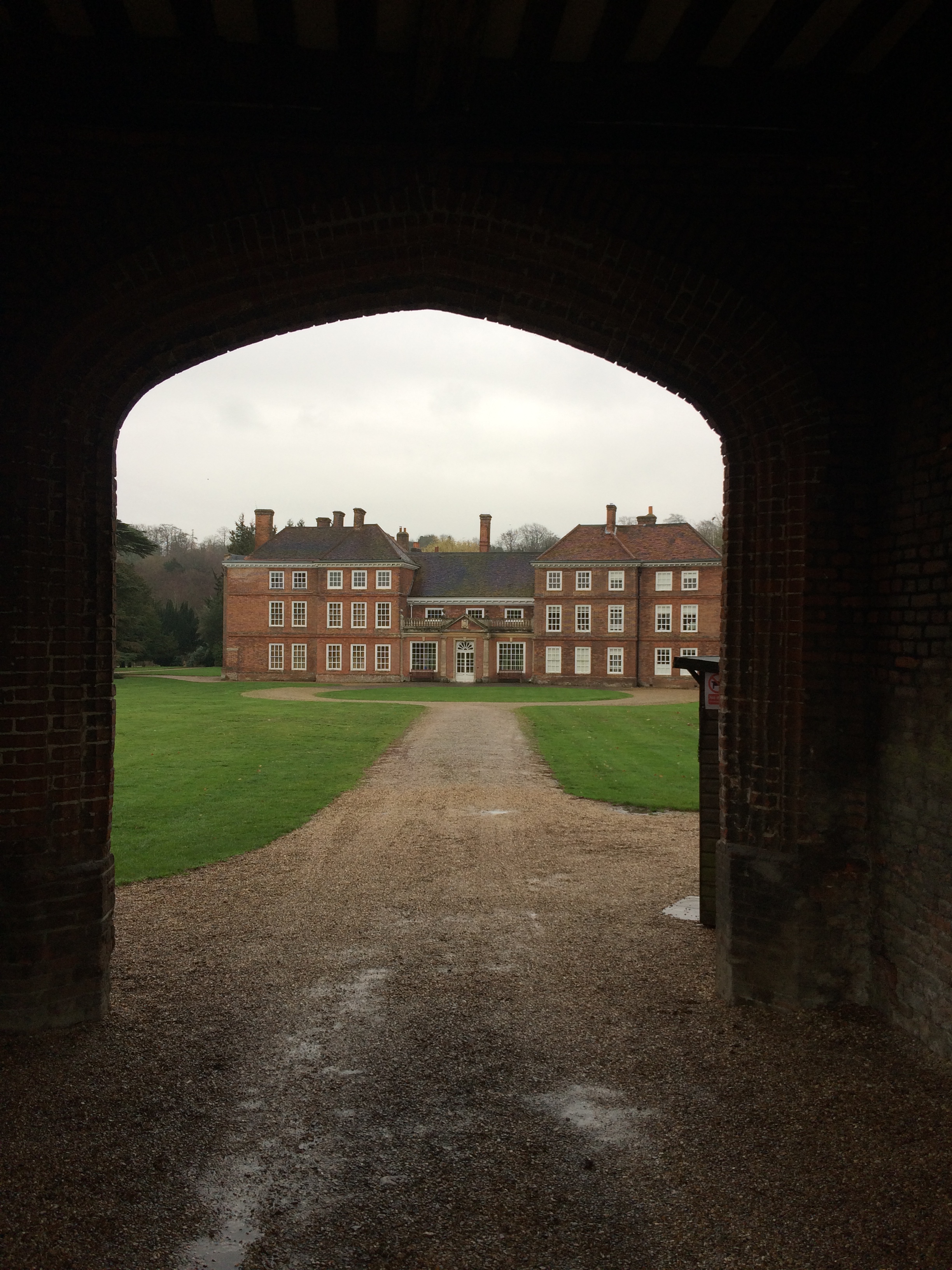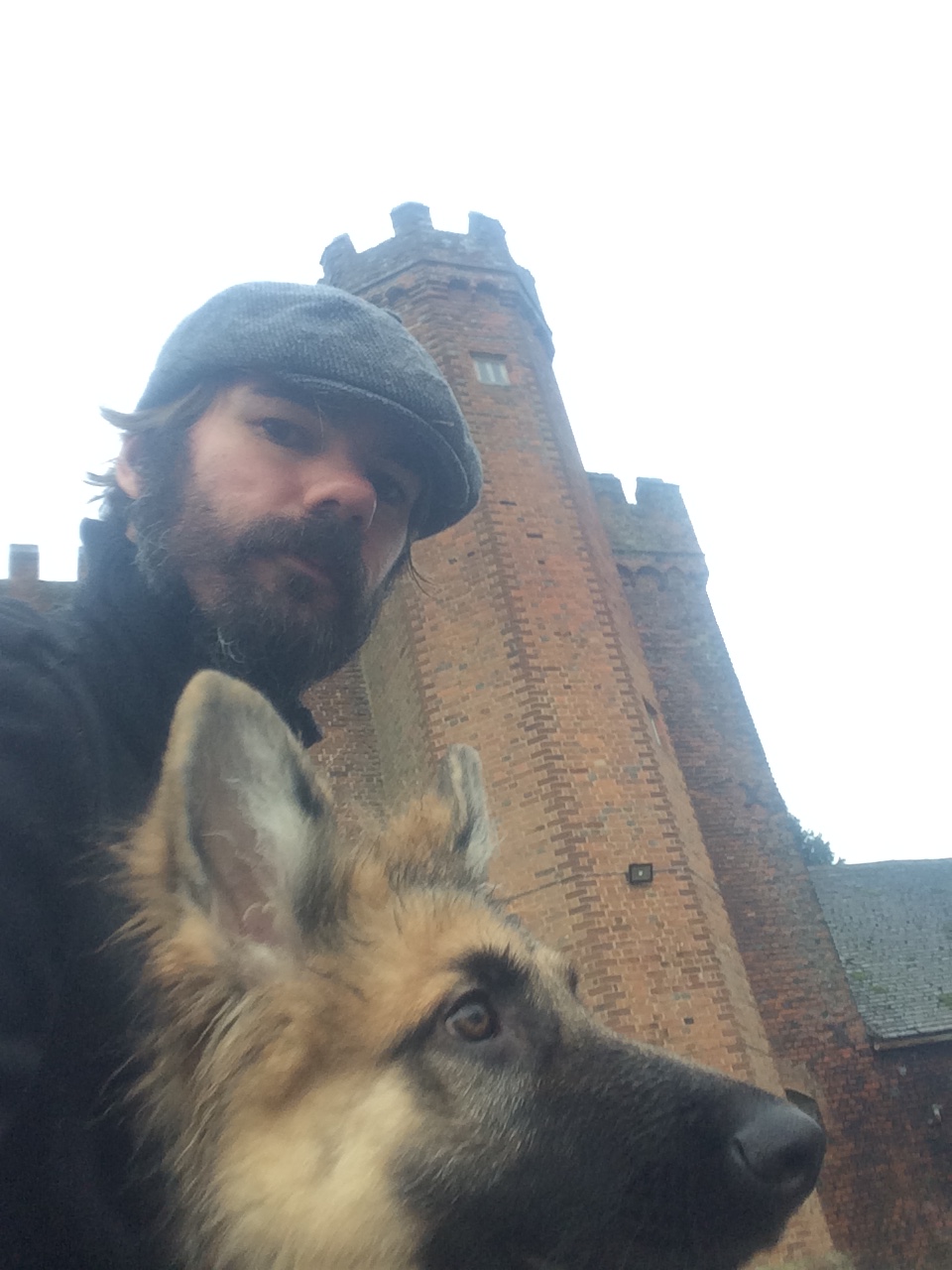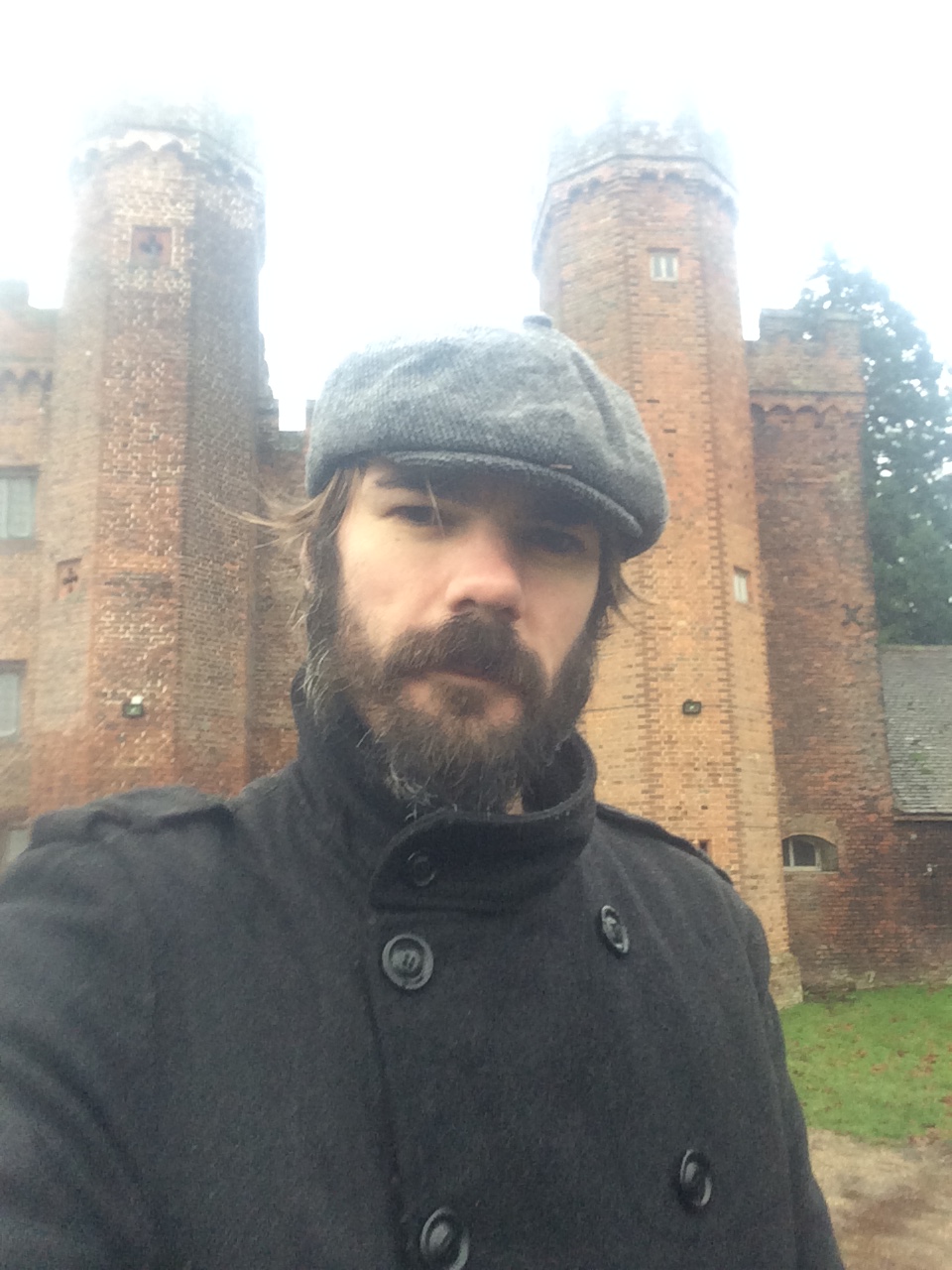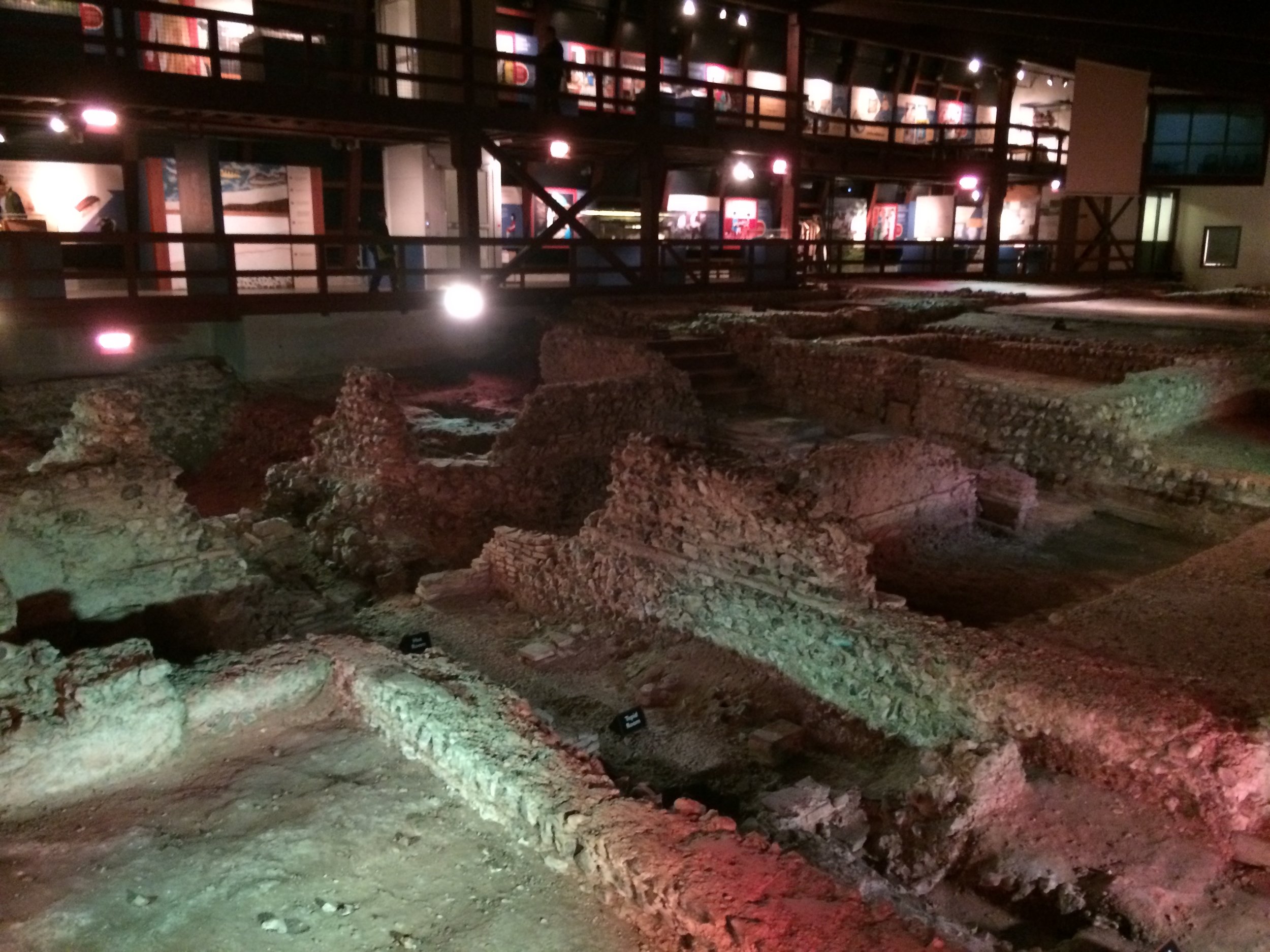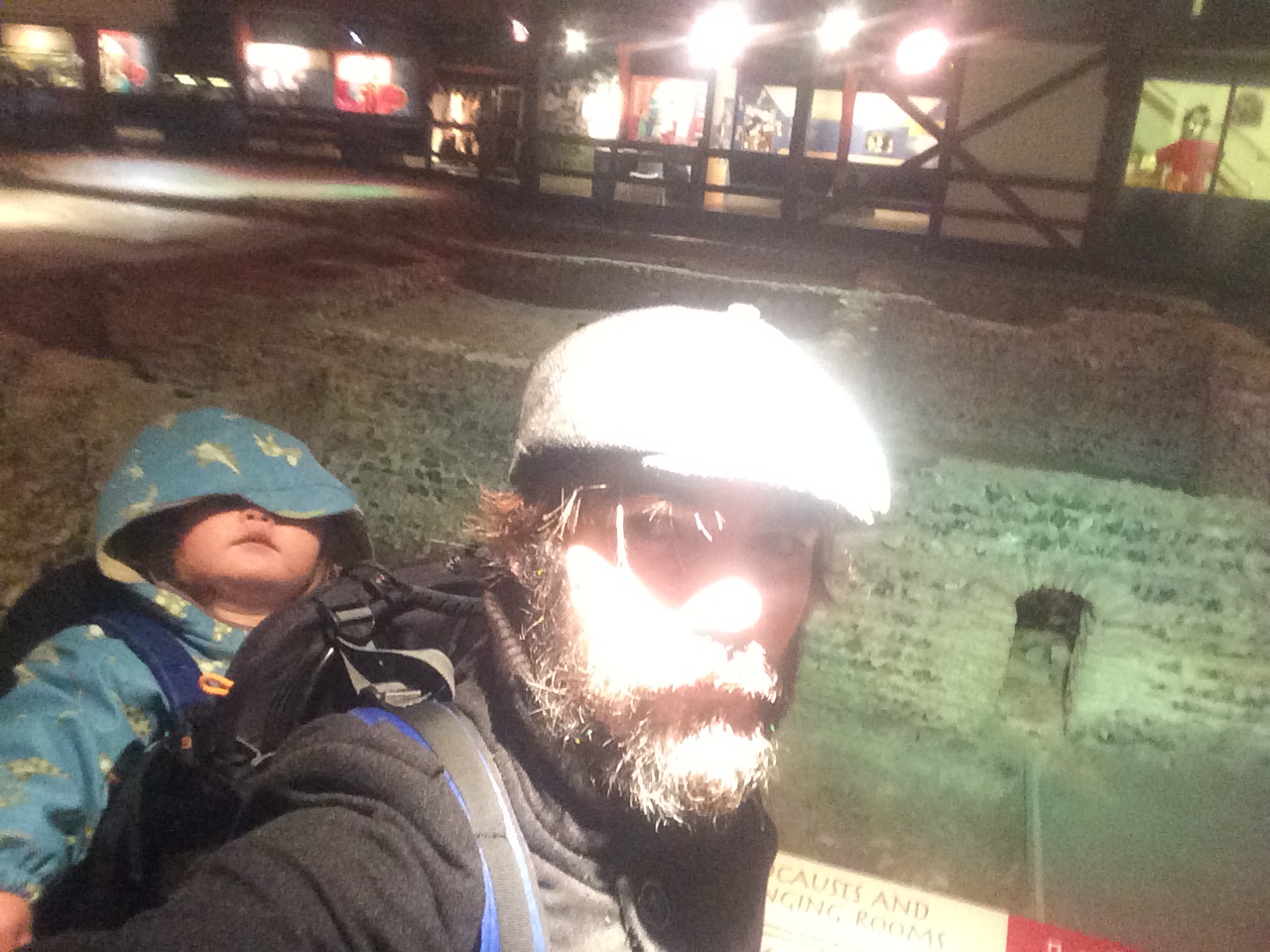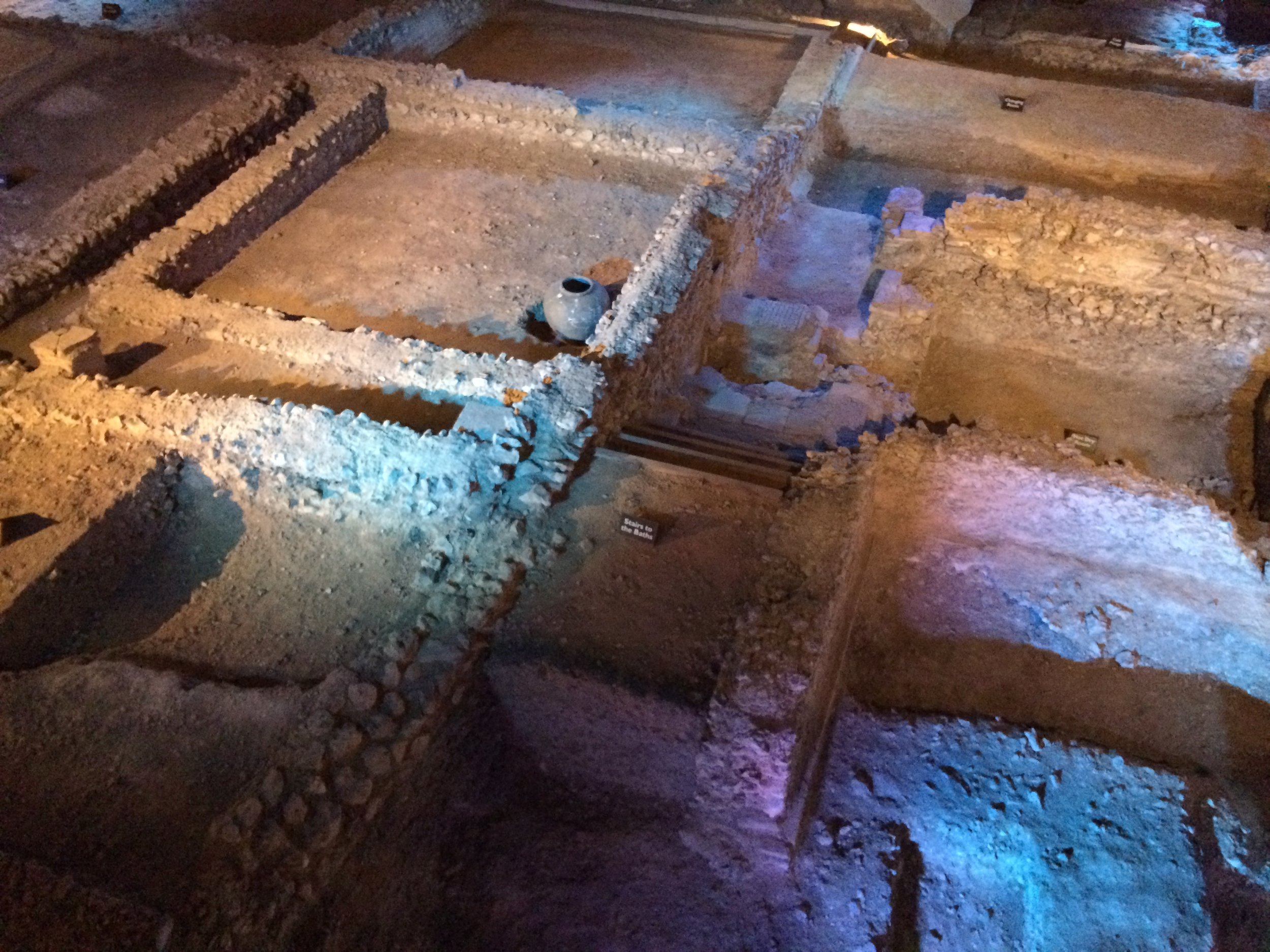Sometimes, even on the dreariest of weekends, when the ceiling of grey drizzle shuffles so low to the earth you could touch it and the stubborn winter dark seems to drag its heels through the domain of day, there remains a longing desire to escape the confines of walls and windows and taste the fresh crystal countryside air.
It was on one such dismal day that we ventured towards the rumoured remains of a Roman Villa in Lullingstone, near the village of Eynsford in that glorious garden of England, the county of Kent. The Villa was built in the Darent Valley around 80-90 AD and was likely the lavish home to a wealthy family, possibly even a country retreat for Governors of the Roman province of Britannia.
Before exploring the remarkable remains of this Roman Villa, Bramble and I explored the surrounding landscape in hopes of further understanding the unique qualities which led to such a location choice. It is indeed remarkably scenic, rolling fields and tree covered hilltops with the Darent River cutting a swirling valley through it all. It seems the ancient lure of luxury still hangs in the air, a miasma of pure privilege in our modern day, as a well maintained golf course now overlooks the 15th century Lullingstone Castle, a manor house of singular beauty and prime location upon a great body of the river.
These surroundings suitably investigated and our curiosities perfectly piqued, we re-joined our darling family to delve into the well excavated depths of Lullingstone Roman Villa.
Incredible indications of the activities occurring nearly two thousand years ago are littered in every corner of this magnificent ruin. Leather shoes, hypocaust tiles for under floor heating, bone dice, intricate carved stone, spectacular mosaic floors, lavish pottery, coins, beads and domestic items of every calibre offer a striking glance into the life of a wealthy Roman family in Britannia.
A fascination of this empirical luxury residence lies in its early links to Christian worship, new to our little island at the end of the earth. It appears that a space already utilised for religious ceremony saw a 4th century conversion to indulge in the worship of Christ. This makes it one of the earliest known advocates of this contemporarily rare religion, a new arrival to British shores and one which must have appeared entirely alien to many of its inhabitants. Frescos displaying the Chi-Rho appear to be the only known Christian paintings from the Roman period in Britain. Furthermore, during the Anglo Saxon period, a Christian Chapel was built amidst the ruins of a Romano British Temple-Mausoleum. The chapel stood into Norman times and is one of the earliest examples of its kind in England.
A curious little twist to this tale comes in the form of a rude pagan temple beneath the Christian example. Perhaps this was an indication of a wealthy elite projecting support of the newly celebrated Christian cult, whilst maintaining their personal preference to worship of the old gods in secret?
We circumnavigated the site, taking in each individual room and the treasures within. It is true that the centrepiece of this delightfully opulent residence are the incredibly well preserved mosaic floors in the reception room, depicting the abduction of Europa and Bellerophon riding Pegasus and killing the Chimera. It would have made for a striking sight on entering the building, a proverbial punch in the face letting people know just how important, wealthy and well read the owner truly was. In our modern madness, a lightshow and audio accompaniment help to colour the story of the Villa for its visitors, since no longer are you able to walk upon the precisely patterned stones of the ancient empire. Of course I believe this to be a suitable substitute given the important preservation needs of such a palace, but it always seems nice to get a closer look...
It appears that in the 5th century a fire destroyed the majority of the Villa, and aside from occasional reuse, it was all but forgotten to time. It was first rediscovered in the 18th century when the building of a deer park dug through mosaic floors beneath the ground, but proper excavations were not carried out until the 20th century when the full extent of the Villa was finally uncovered.
Thoughts wandered to the inevitable of course, what of the pre-Roman natives in this story, such a location must have been of importance before our empirical oppressors took hold? It seems that some Belgic pottery pre-dating the conquest has been discovered here, along with evidence of agricultural activity, but settlement is lost to us due to the nature of the structures and materials utilised.
After a long casual stroll around the entirety of the ruins, we decided to make for home, suitably infused and energised by the sight of such historic splendour rediscovered beneath our feet. The dreary grey afternoon stretched out into an early night, and the lure of hot tea and pyjamas awaited us at home in the cottage, not quite in the same league as the lavish Villas of the ancient elite, but just perfect for our little family.


